1. Introduction to Welding Rods
Welding rods serve as indispensable tools in the art of fusing metals. They act as fillers, bridging the gap between two distinct pieces of material and ensuring a unified bond. Beyond merely joining, rods stabilize the arc, shield the molten metal from atmospheric contamination, and impart critical mechanical properties to the weld. Their composition, coating, and classification dictate the quality and longevity of the welded structure. In this article, we will discuss in detail the different types of welding rods that are used in industry.
1.2 Why Selecting the Right Welding Rod is Critical
The choice of welding rod determines the success or failure of a project. An unsuitable rod may lead to weak welds, porosity, or structural failure under load. Factors such as metal type, joint design, and welding position all influence electrode selection. By carefully choosing the correct rod, welders ensure durability, structural integrity, and compliance with engineering standards.
2. Types of Welding Rods
2.1 AWS (American Welding Society) Electrode Numbering System
The AWS electrode numbering system is a universal language for welders. Each number conveys specific information: tensile strength, welding position, and type of coating or current.
For example, an electrode labeled E6010 indicates an electrode (E), a tensile strength of 60,000 psi (60), usability in all positions (1), and a specific coating type (0). This system eliminates ambiguity and promotes global consistency.
2.2 Explanation of Tensile Strength, Position, and Coating Indicators
Electrode strength ensures the weld can withstand imposed loads. Welding position numbers reveal whether the rod is suitable for flat, horizontal, vertical, or overhead use.
Coating indicators define the arc characteristics, penetration level, and shielding effectiveness. Together, these attributes empower welders to match electrodes precisely to their operational demands.
2.3 Consumable vs. Non-Consumable Welding Rods
Consumable rods, often used in Shielded Metal Arc Welding (SMAW), melt during the process and integrate into the weld joint.
Non-consumable rods, such as tungsten electrodes, do not melt but provide a stable arc while a separate filler material is introduced. Each category caters to unique welding techniques, offering flexibility across industries.
3. E6010 Welding Rod
3.1 Characteristics and Properties of E6010 Rods
The E6010 is renowned for its cellulose sodium coating, which generates a forceful arc and rapid solidification. It delivers deep penetration, even through painted, dirty, or slightly corroded surfaces. Its fast-freezing slag makes it suitable for vertical and overhead positions, where gravity challenges weld pool control.
3.2 Advantages
This electrode’s penetrating arc is ideal for welding thick sections and achieving fusion in challenging joint designs. Its versatility across multiple positions ensures its popularity among pipeline welders, construction workers, and shipbuilders. Its reliability under demanding environments reinforces its indispensability.
3.3 Common Applications
The E6010 is widely applied in cross-country pipelines, pressure vessels, and industrial structural frameworks. Its ability to deliver strong root passes makes it invaluable in projects requiring airtight, robust welds.
In power plants, oil refineries, and heavy infrastructure, the E6010 remains a rod of choice.
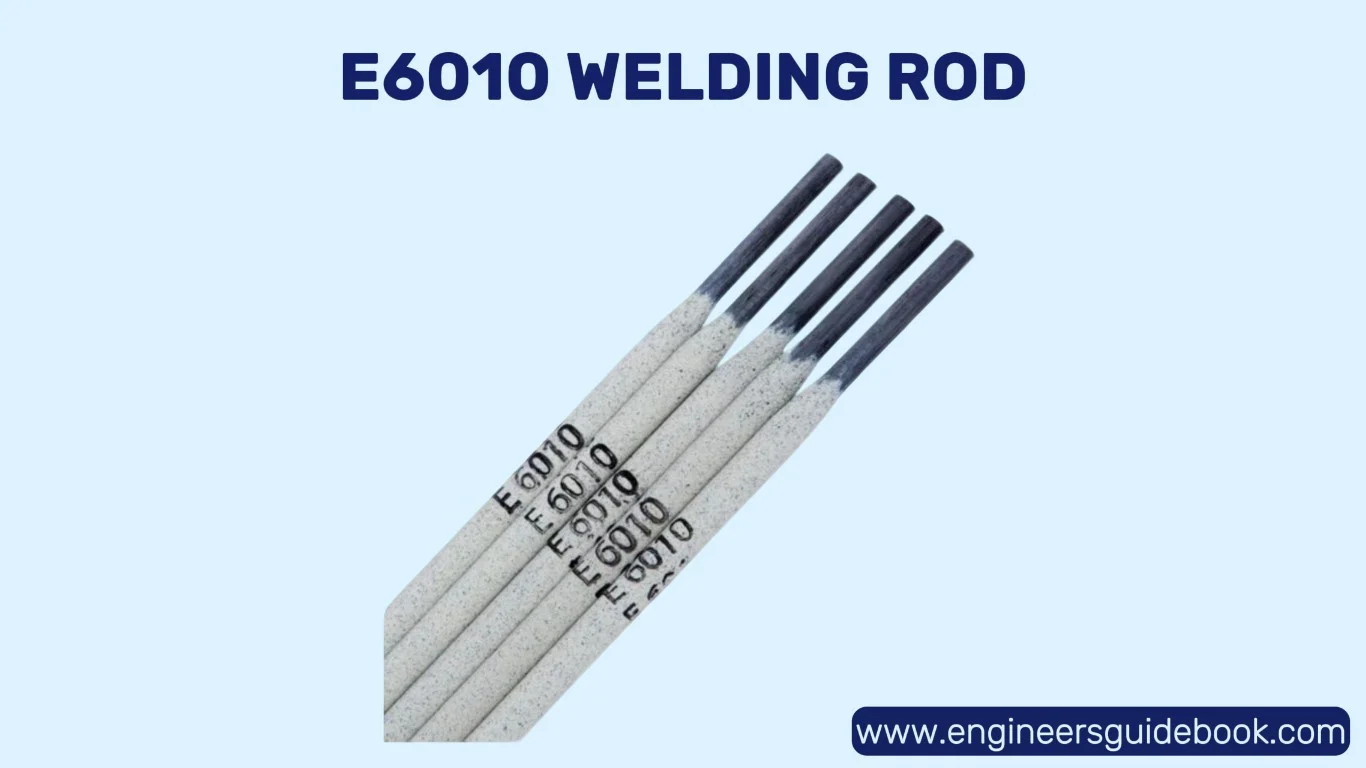
4. E6011 Welding Rod
4.1 Key Features and Unique Coating Type
The E6011 electrode is coated with cellulose potassium, enabling it to run efficiently on both AC and DC currents. This versatility sets it apart from the E6010, which is primarily DC-oriented. Its arc penetrates deeply and can sustain work on contaminated, rusty, or oily surfaces.
4.2 Benefits
In real-world scenarios, metal preparation is not always flawless. The E6011 compensates by cutting through impurities, maintaining weld integrity despite surface contamination. Its forgiving nature reduces downtime in field conditions and accelerates repair work.
4.3 Applications
E6011 finds its utility in agricultural machinery repair, ship maintenance, and general fabrication. Its adaptability in less-than-ideal conditions makes it a trusted companion for maintenance crews and field technicians operating in remote or harsh environments.
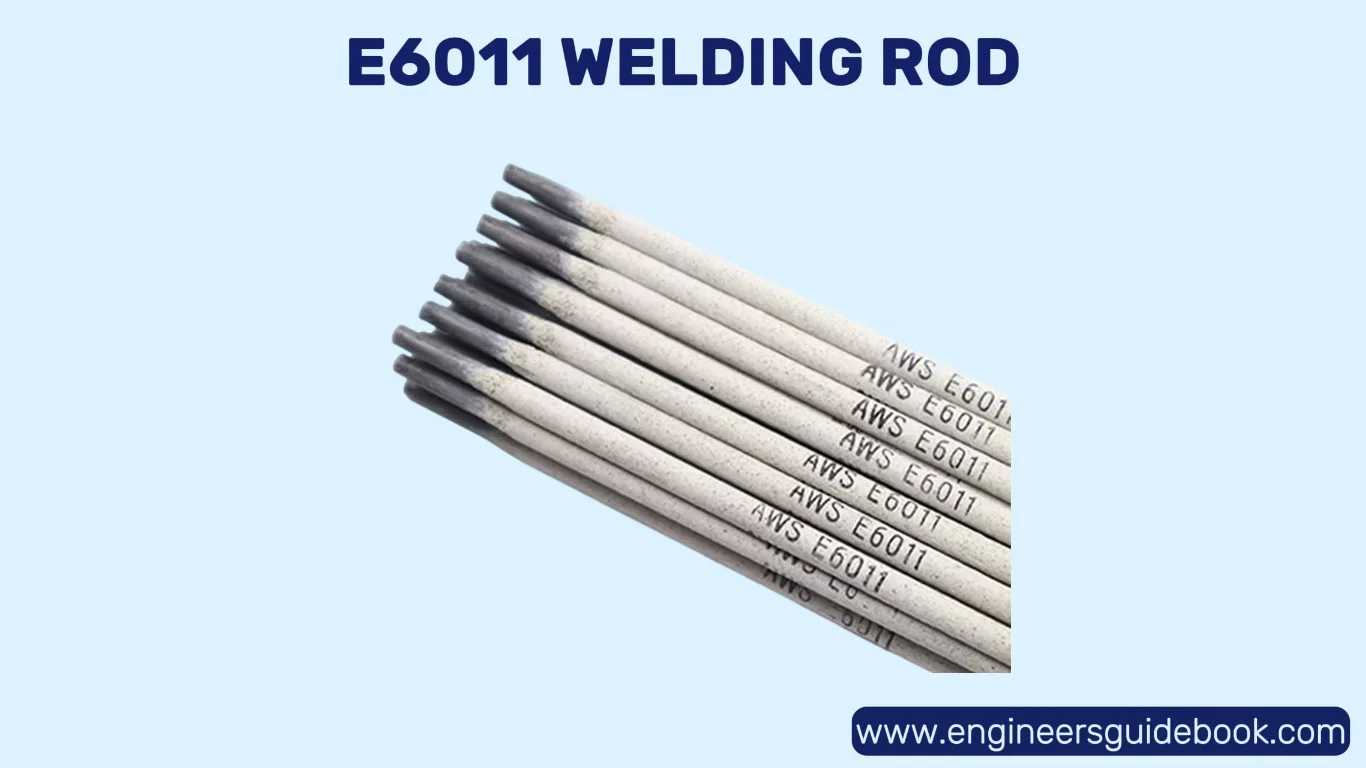
5. E6012 Welding Rod
5.1 Composition
The E6012 electrode is distinguished by its rutile-based coating, producing a stable arc and moderate penetration. It is compatible with both AC and DC currents.
Offering flexibility across different welding machines. The coating also generates a smooth slag, simplifying post-weld cleanup.
5.2 Best Uses
With its medium penetration, the E6012 is particularly effective for welding thin sheets and creating fillet welds.
It minimizes the risk of burn-through, a common challenge when working with delicate materials. Its balanced arc control ensures neat and visually appealing results.
5.3 Strengths and Limitations
The strengths of E6012 lie in its ease of use, adaptability, and suitability for beginner welders. However, its moderate penetration limits its effectiveness on thick or heavily stressed structures. It excels in low-to-medium load applications but is less favored for critical, high-strength projects.
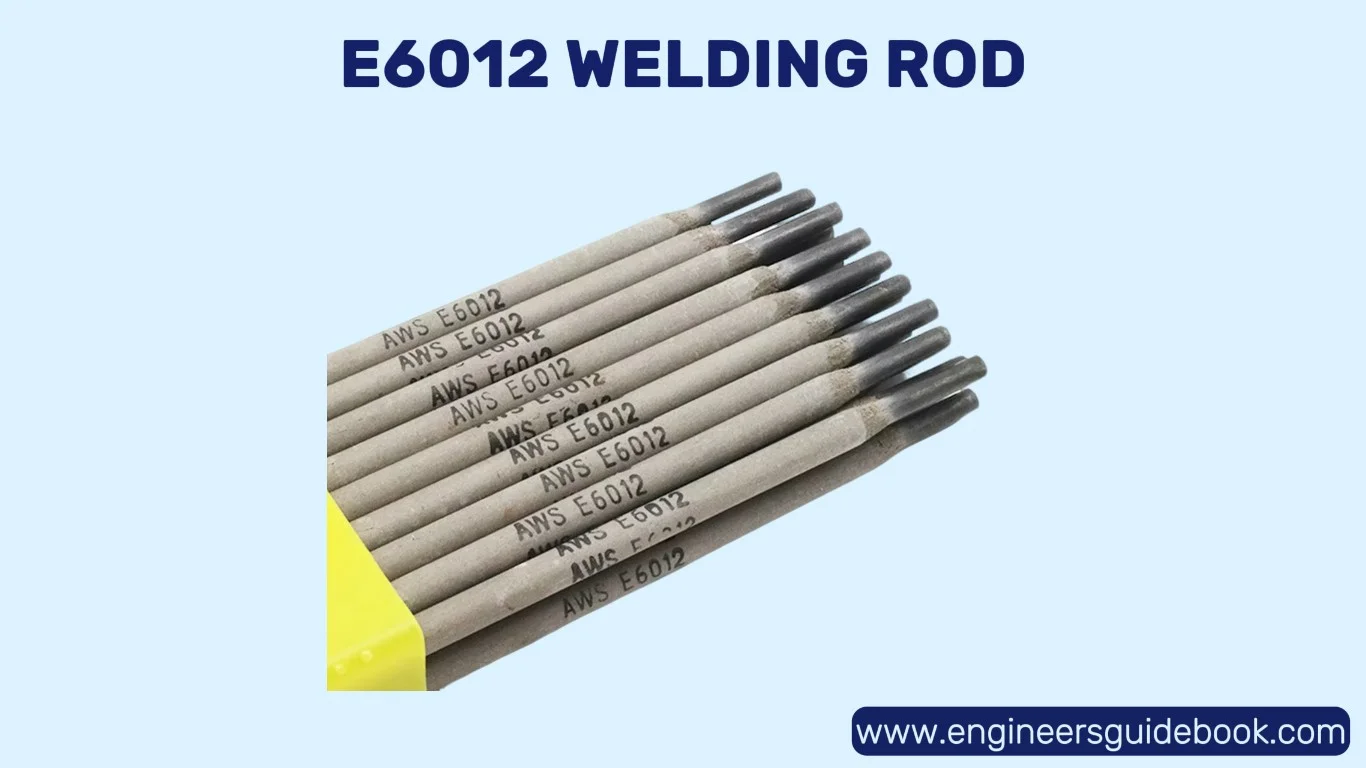
6. E6013 Welding Rod
The E6013 welding rod is often regarded as the welder’s companion for learning and practice. It is characterized by its rutile-based coating, which produces a soft, stable arc and allows for easy striking and restriking. Its relatively low penetration ensures that thin materials are not easily damaged during welding.
6.1 Advantages
One of the key advantages of the E6013 is its ability to produce clean, aesthetically pleasing welds. The arc generates minimal spatter, reducing the need for laborious post-weld cleaning.
Additionally, the resulting bead has a smooth and uniform finish, which enhances both the functional and visual quality of the joint.
6.2 Typical Applications
E6013 rods are widely employed in light fabrication tasks, particularly in the automotive industry, for repairing body panels and fabricating lightweight components. They are equally suitable for small-scale structural assemblies, home repairs, and metal furniture.
Their adaptability in flat, horizontal, and vertical positions further underscores their value in everyday welding operations.
7. E7014 Welding Rod
The E7014 electrode is distinct due to its high iron powder content within the coating. This composition dramatically increases deposition rates, enabling welders to lay down more metal in less time.
The arc remains smooth and steady, ensuring consistent fusion without interruptions. This characteristic is particularly beneficial in large-scale projects where efficiency is paramount.
7.2 Benefits
With its rapid deposition capabilities, the E7014 is ideally suited for high-production environments. It delivers strong welds with relatively little effort, making it a reliable option for welders who must meet demanding deadlines.
Its ability to provide a robust arc on both AC and DC currents further enhances its versatility in production workshops.
7.3 Applications
The E7014 finds regular application in the fabrication of heavy equipment, structural beams, and construction frameworks.
Its efficiency makes it a trusted choice for welding thick plates and components that require strength without compromising on productivity.
Industries that rely on speed, such as shipbuilding and manufacturing, often favor this electrode.
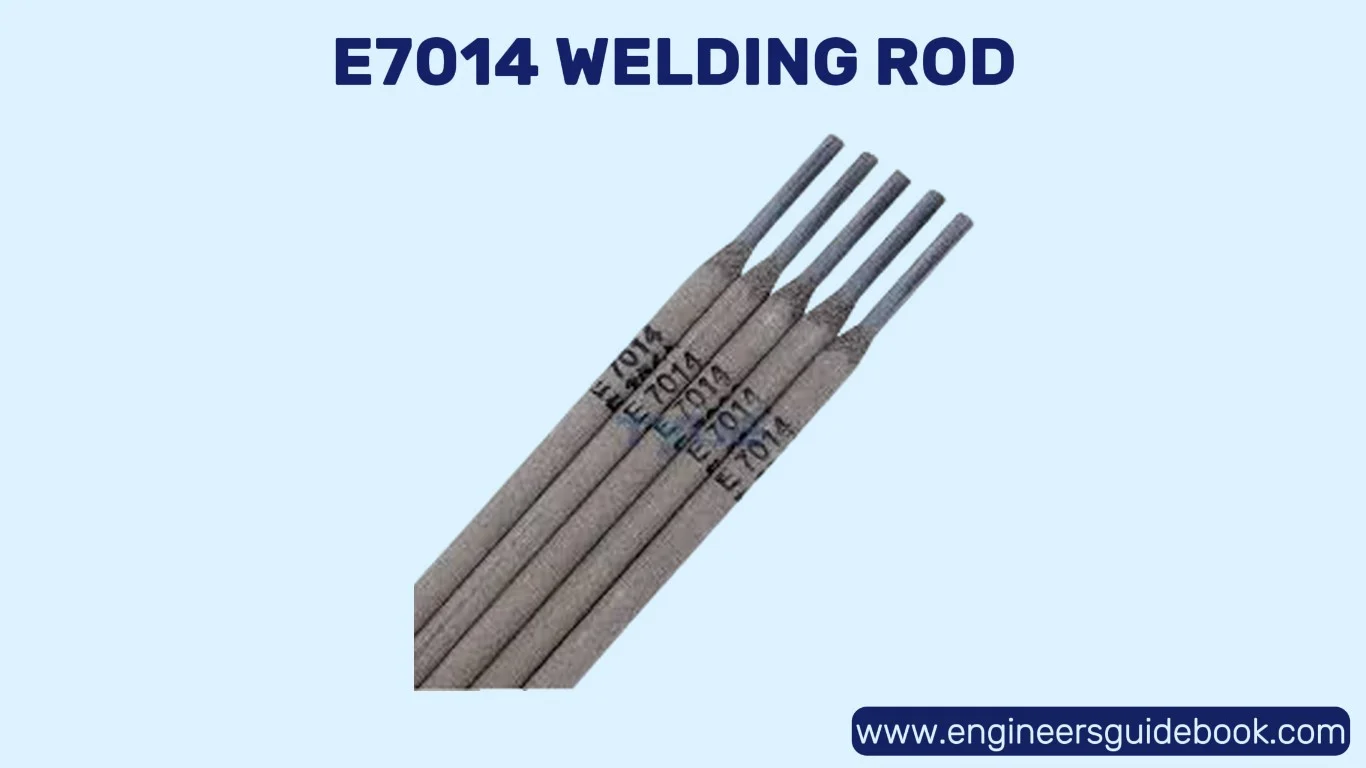
8. E7016 Welding Rod
8.1 Characteristics and Low-Hydrogen Nature
The E7016 is recognized as a low-hydrogen electrode, designed to reduce the risk of hydrogen-induced cracking. Its coating provides excellent arc stability and generates a protective slag that minimizes porosity.
The welds produced are dense, uniform, and resistant to cracking under stress, making it indispensable for projects demanding high-quality joints.
8.2 Benefits
With a tensile strength exceeding 70,000 psi, the E7016 electrode ensures durability and resilience. Its low-hydrogen properties safeguard welds in conditions where cracking is a critical concern, particularly in high-stress environments.
This makes the electrode a reliable choice for critical fabrication projects that must endure rigorous operational loads.
8.3 Applications
E7016 electrodes are extensively used in welding pressure vessels, storage tanks, and large structural components.
Their resistance to cracking and superior mechanical properties render them suitable for high-stakes industries such as energy, petrochemicals, and infrastructure development. In projects where safety is non-negotiable, E7016 remains a primary choice.
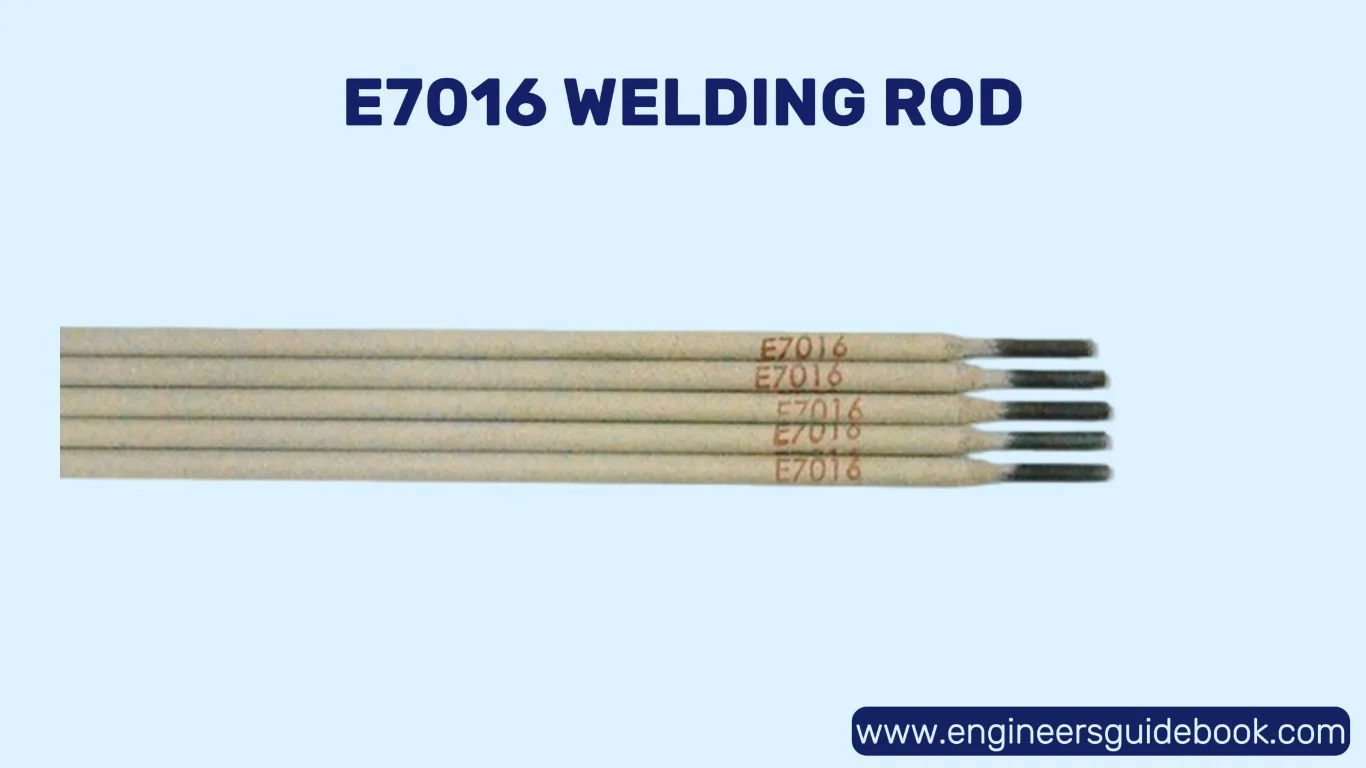
9. E7018 Welding Rod
9.1 Low-Hydrogen Electrodes
The E7018 is perhaps the most widely recognized low-hydrogen electrode. Its specialized coating prevents moisture absorption, which could otherwise lead to hydrogen embrittlement and weld cracking.
By ensuring weld integrity, the E7018 has become synonymous with high-quality and reliable welding standards across industries.
9.2 Advantages
This electrode produces welds of exceptional strength while simultaneously delivering a smooth and clean appearance. The resulting bead requires minimal finishing, saving both time and effort.
Its ability to function effectively in all positions further enhances its reputation as one of the most versatile and dependable rods available.
9.3 Industrial Applications
The E7018 is extensively utilized in constructing bridges, pipelines, and heavy machinery, where structural reliability is critical. From skyscrapers to ship hulls, its role in modern infrastructure is undeniable.
It is especially valued in projects subject to dynamic stresses and fluctuating loads, where weld strength cannot be compromised.
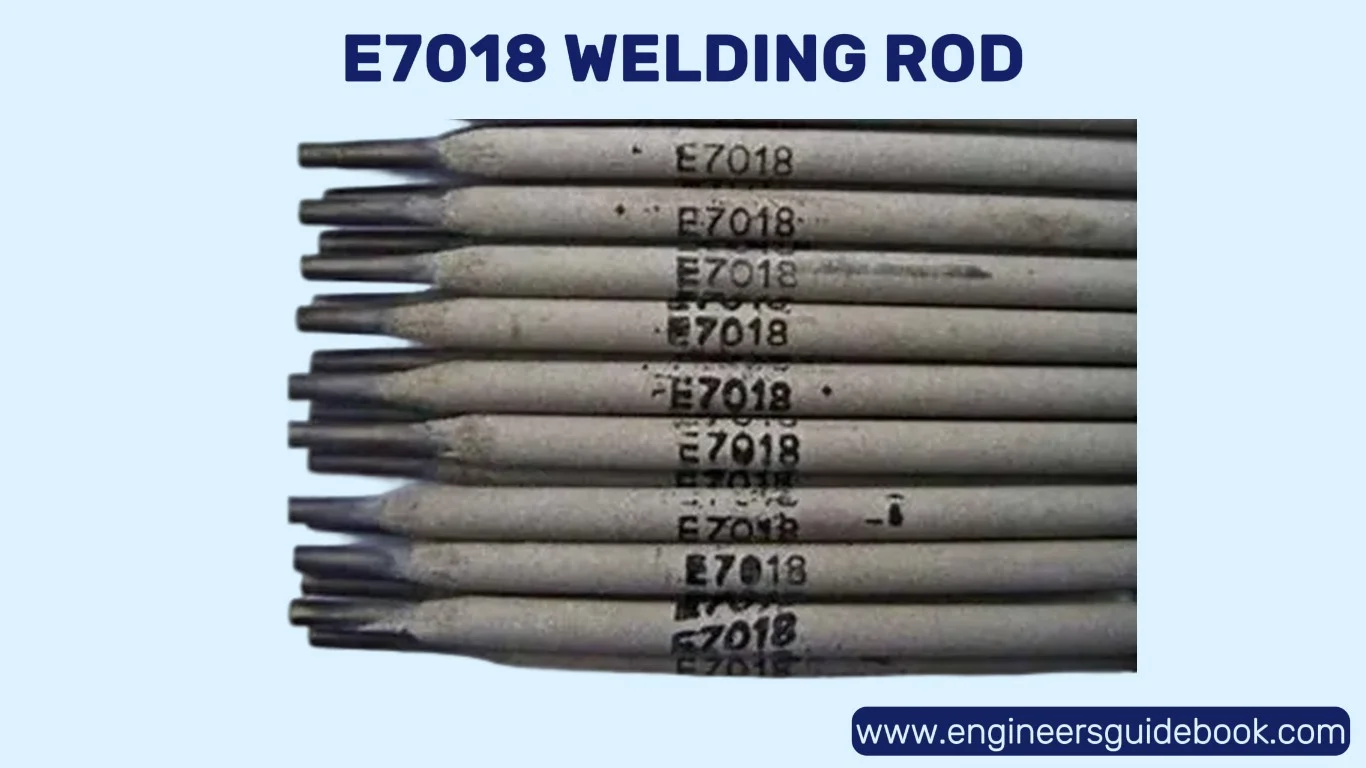
10. E7024 Welding Rod
10.1 High-Deposition Properties
The E7024 electrode stands out for its remarkably high deposition rate, made possible by the large amount of iron powder in its coating.
This characteristic allows welders to deposit significant amounts of metal quickly, leading to efficient and robust welds in less time than conventional rods.
10.2 Advantages
With its ability to create wide, strong welds at an accelerated pace, the E7024 is the epitome of efficiency. It is designed for use in flat and horizontal positions, where speed and precision are most advantageous. The electrode’s performance significantly reduces labor costs and project timelines.
10.3 Common Use Cases
The E7024 is commonly used in heavy plate fabrication, shipbuilding, and construction of large-scale structural components.
Its effectiveness in horizontal and flat positions makes it invaluable in welding tanks, frames, and platforms. Whenever productivity and speed are prioritized without sacrificing strength, the E7024 emerges as the optimal choice.
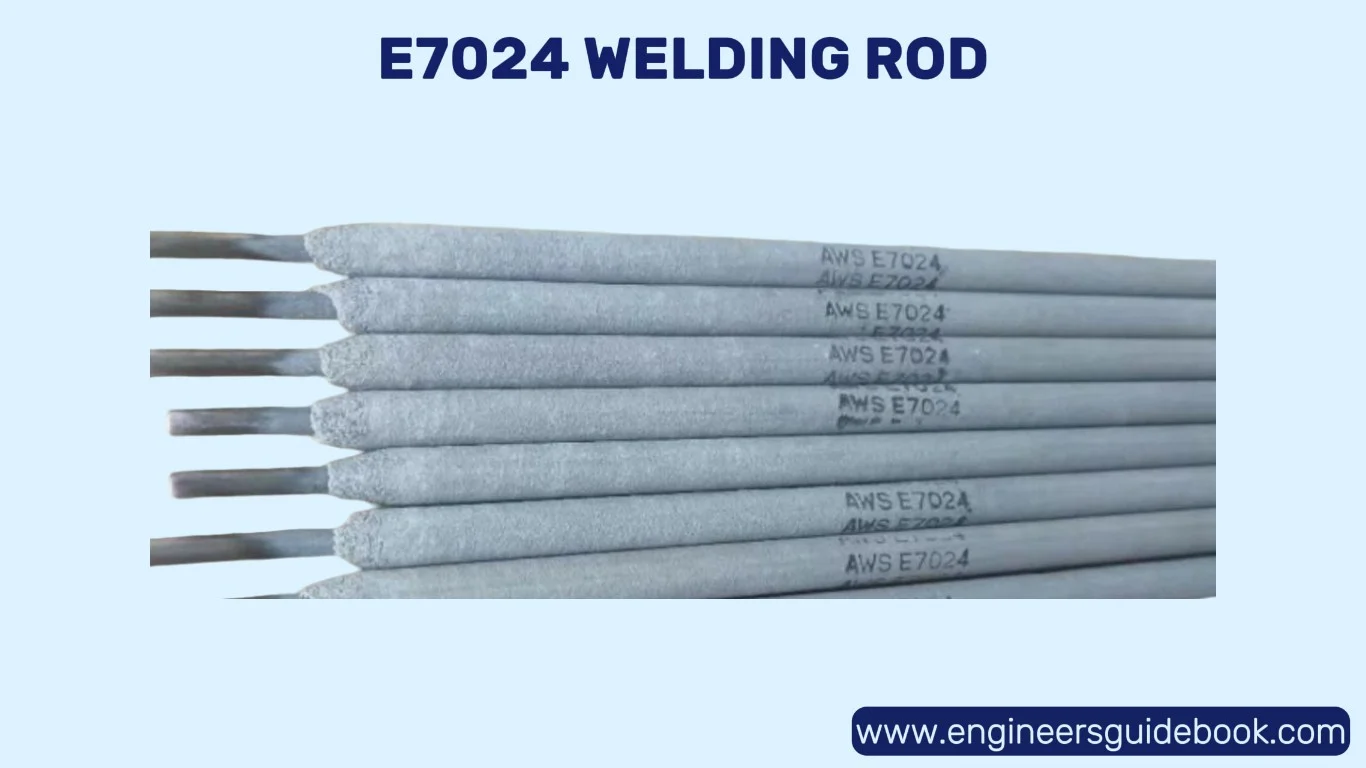
11. Stainless Steel Welding Rods
11.1 Distinctive Properties
Stainless steel electrodes are engineered to match the inherent qualities of stainless alloys, delivering welds that mirror their corrosion resistance and strength.
These rods possess chromium and nickel content, which enhances oxidation resistance and maintains structural integrity under severe conditions.
Their unique metallurgical composition ensures that weld joints do not compromise the base material’s inherent resilience.
11.2 Benefits
The foremost benefit of stainless steel rods lies in their remarkable resistance to corrosion, even in aggressive environments exposed to moisture, chemicals, or saline conditions.
They form durable welds that maintain integrity over extended periods, reducing the risk of deterioration. Durability is further amplified by their resistance to thermal cycling, enabling them to withstand fluctuating temperatures without weakening.
11.3 Applications
These electrodes are indispensable in industries where hygiene, reliability, and endurance are paramount. In food processing, stainless rods ensure contamination-free joints that meet stringent health standards. In marine applications, they withstand saltwater exposure without succumbing to rust.
In chemical plants, their ability to endure corrosive agents makes them an essential tool for fabricating tanks, pipelines, and structural frameworks.
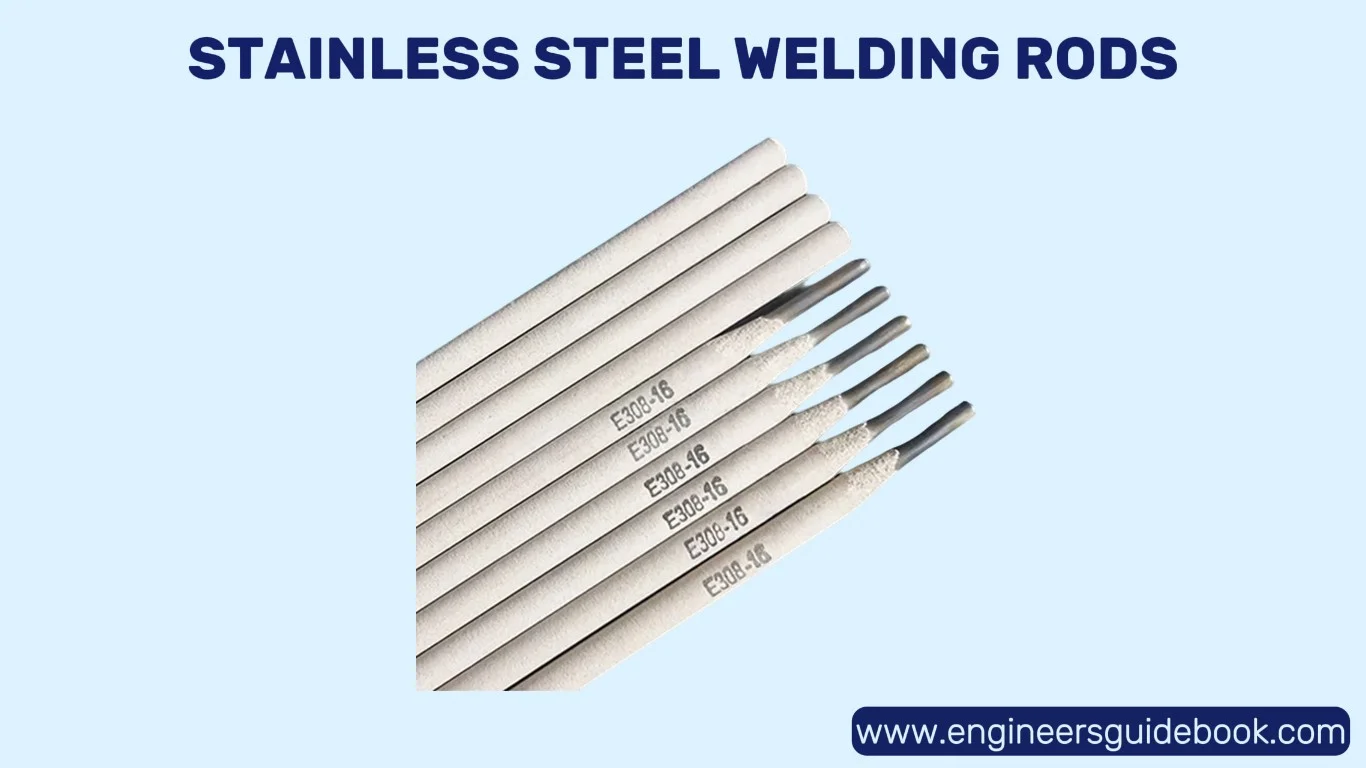
12. Aluminum Welding Rods
12.1 Characteristics
Aluminum electrodes present unique challenges due to the metal’s high thermal conductivity and oxide layer. The oxide film, which melts at a much higher temperature than aluminum itself, often complicates fusion.
Additionally, aluminum’s tendency to rapidly dissipate heat demands greater precision during welding, requiring electrodes specifically designed to counteract these issues.
12.2 Advantages
Despite the complexities, aluminum welding rods offer significant benefits. They produce joints that retain the metal’s lightweight properties while achieving impressive strength-to-weight ratios.
This combination ensures structures are both robust and efficient, reducing overall weight without sacrificing load-bearing capabilities.
12.3 Usage
Aluminum rods are widely utilized in aerospace for aircraft structures, where every kilogram saved is crucial for efficiency. In automotive industries, they facilitate the fabrication of lightweight frames and components, improving fuel economy.
Beyond transportation, general fabrication industries employ aluminum electrodes for constructing furniture, frameworks, and machinery parts where strength and reduced mass are desirable.
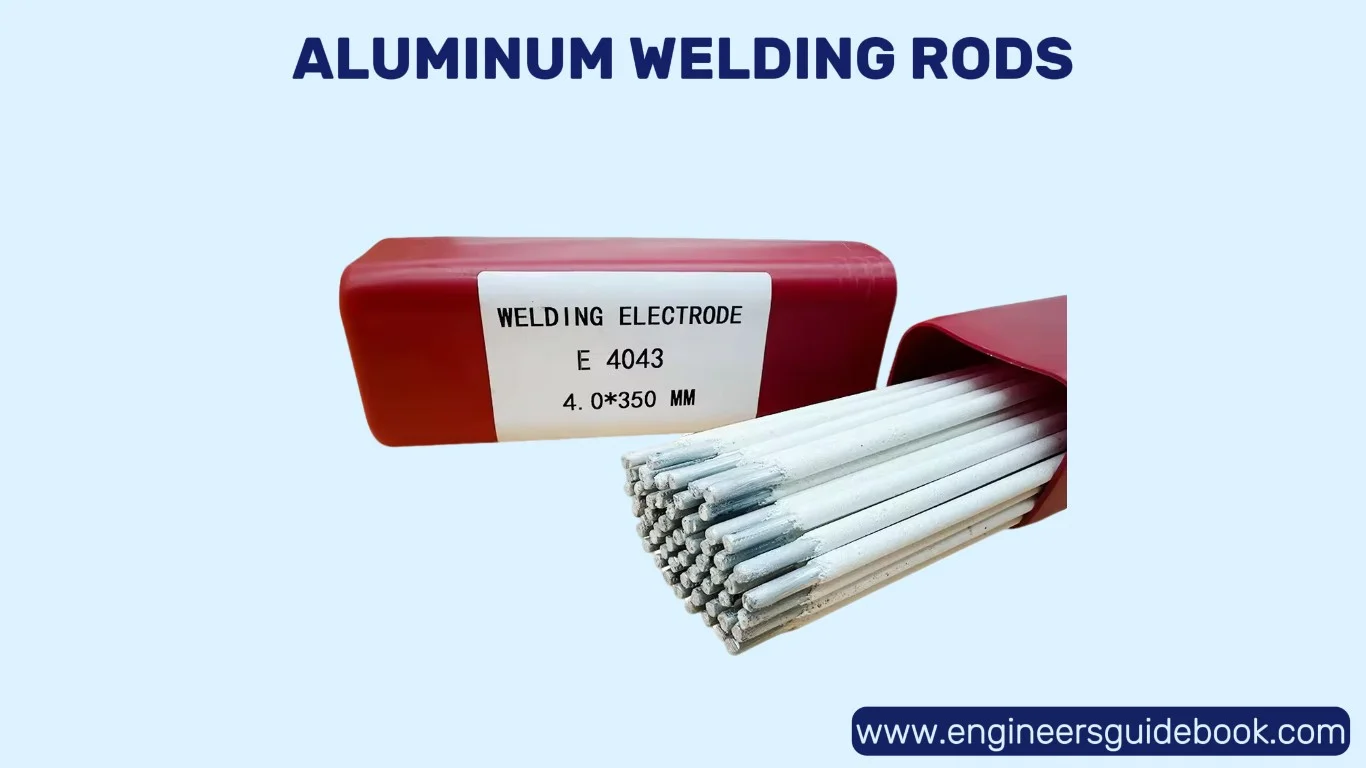
13. Cast Iron Welding Rods
13.1 Specialized Composition
Cast iron electrodes are designed with a specialized flux composition to accommodate the brittleness of cast iron. Some contain nickel or copper to increase ductility in the weld, reducing the risk of cracking. These rods provide controlled thermal expansion, allowing welds to bond effectively with cast iron’s rigid structure.
13.2 Advantages
Their greatest value lies in repair work. Cast iron rods can restore worn engine blocks, gear housings, or cracked machinery without necessitating complete replacements. By mitigating stress and preventing new cracks from forming, these electrodes offer a practical solution for extending the life of costly equipment.
13.3 Typical Industries Utilizing
Industries that rely on heavy-duty machinery—such as manufacturing, mining, and automotive repair—frequently utilize cast iron electrodes. Foundries also depend on them for modifying cast products and conducting maintenance welding.
Their ability to preserve and rehabilitate critical components underscores their importance in industrial settings.
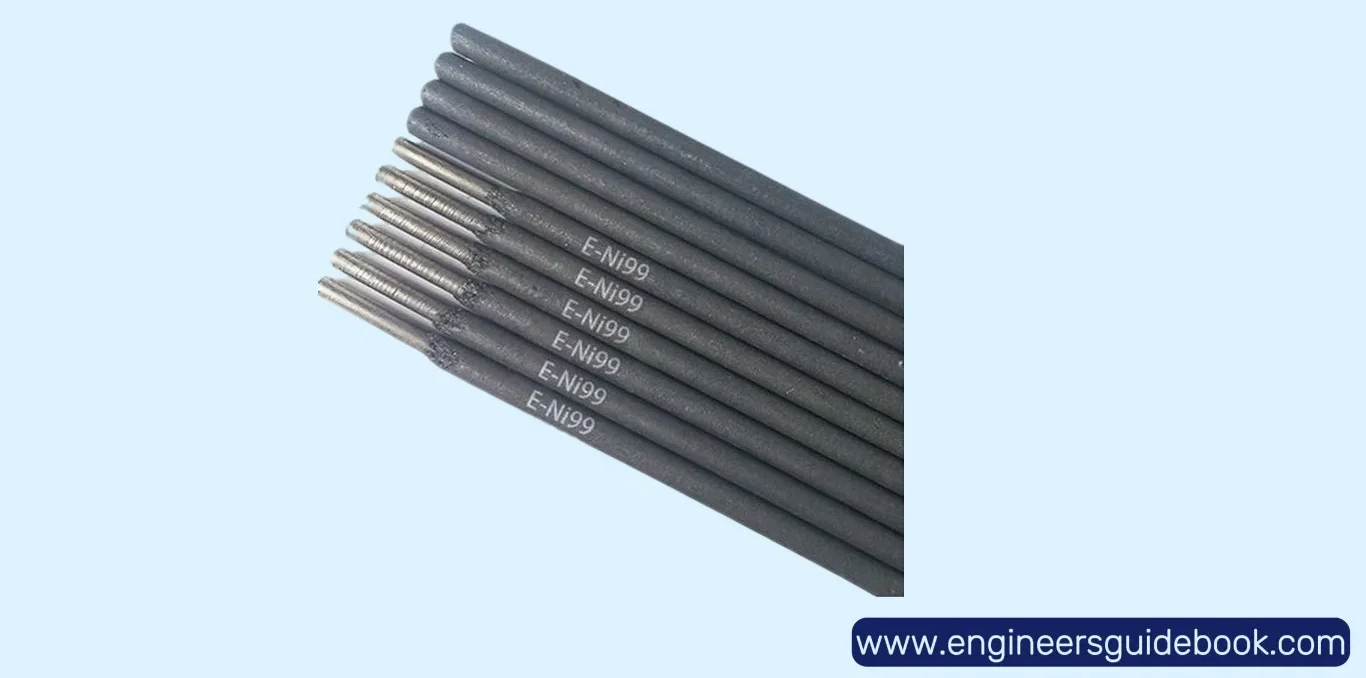
14. Choosing the Right Welding Rod for the Job
14.1 Factors to Consider: Metal Type, Position, and Current
Selecting an appropriate welding rod requires evaluating the base material, welding position, and current source. The compatibility of electrode and metal type ensures fusion without brittleness. Position—whether flat, vertical, horizontal, or overhead—dictates which rods are most suitable. Furthermore, understanding whether a rod performs better with alternating current (AC) or direct current (DC) prevents performance issues during welding.
14.2 Common Mistakes in Electrode Selection
Welders often err by choosing rods based solely on availability or convenience, disregarding essential criteria such as tensile strength and hydrogen control. Using the wrong electrode can lead to incomplete fusion, porosity, or premature cracking. Overlooking the importance of position-specific electrodes also compromises quality, particularly in vertical and overhead applications.
14.3 Tips for Storing and Handling Welding Rods Properly
Electrodes must be stored in dry, controlled environments to prevent moisture absorption, which can cause weld defects. Low-hydrogen rods like E7018 require heated storage in rod ovens to maintain integrity. Proper handling, including keeping rods clean and avoiding contact with contaminants, ensures consistent performance and weld quality.
15. Conclusion
From versatile general-purpose electrodes like E6011 and E6013 to specialized rods for stainless steel, aluminum, and cast iron, welding rods offer diverse solutions for varying industrial demands. Each type possesses unique properties that align with specific applications, ensuring that every weld meets its intended function.
The success of any welding operation rests heavily on electrode selection. An informed choice guarantees strength, durability, and efficiency. Conversely, poor selection risks structural failure and costly rework. By understanding classifications and applications, welders can consistently achieve reliable results.

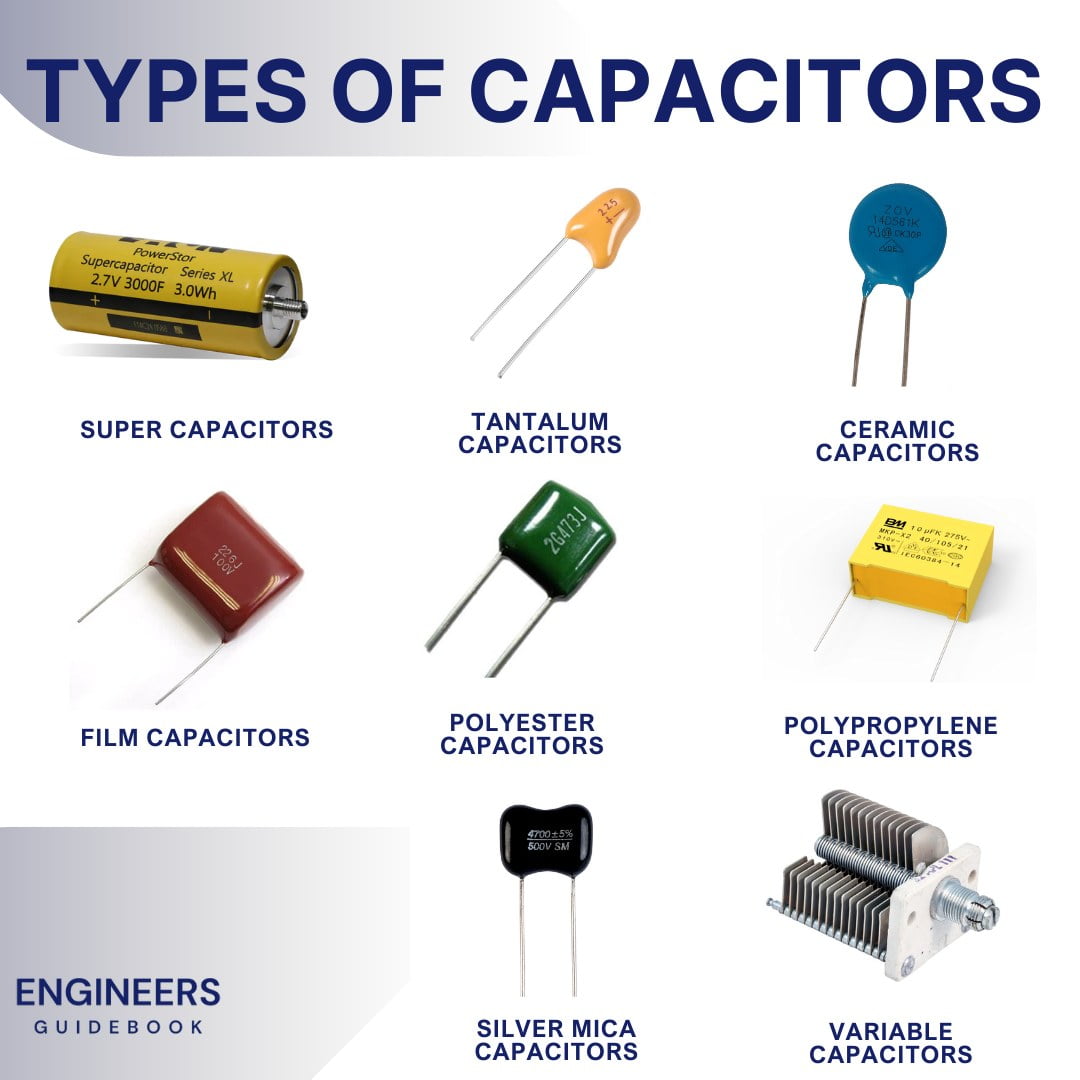
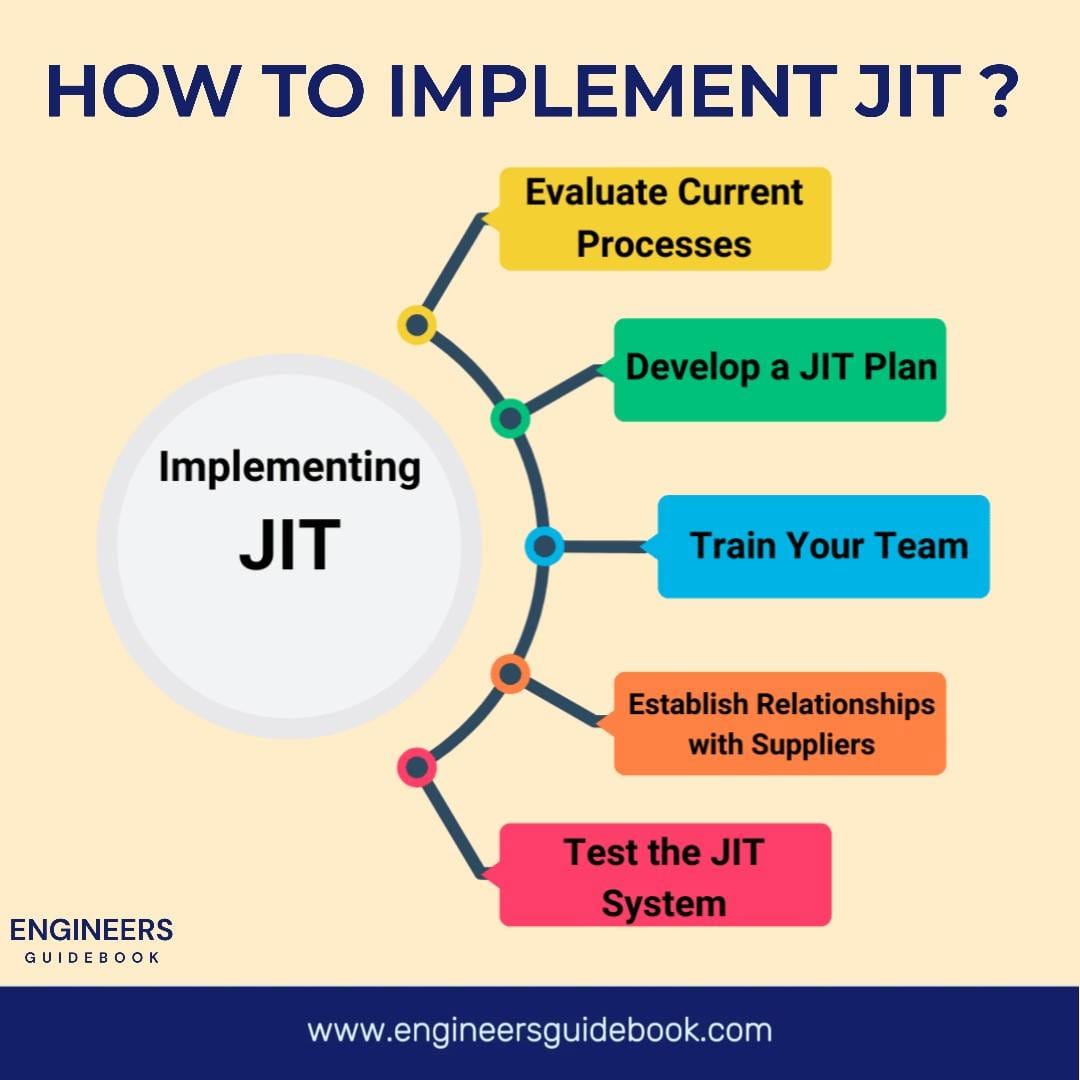
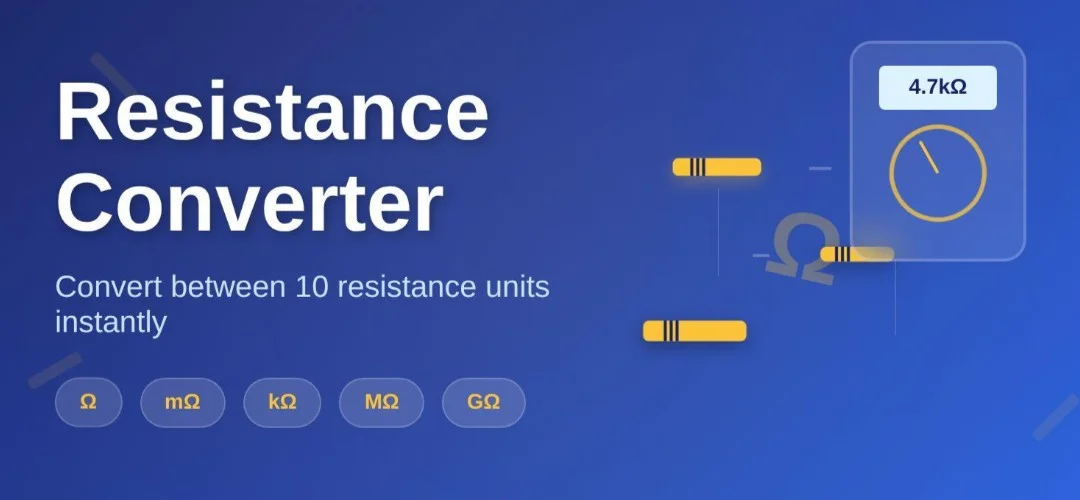

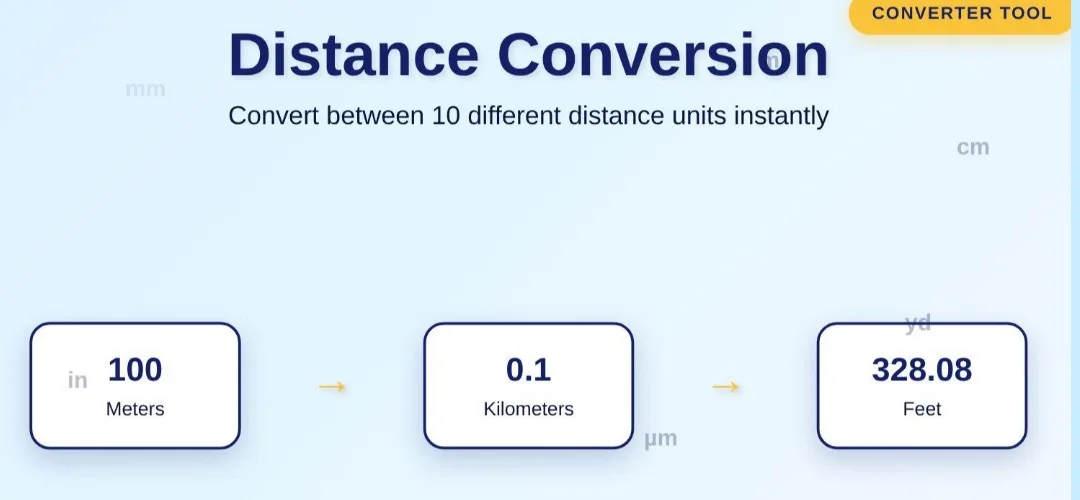
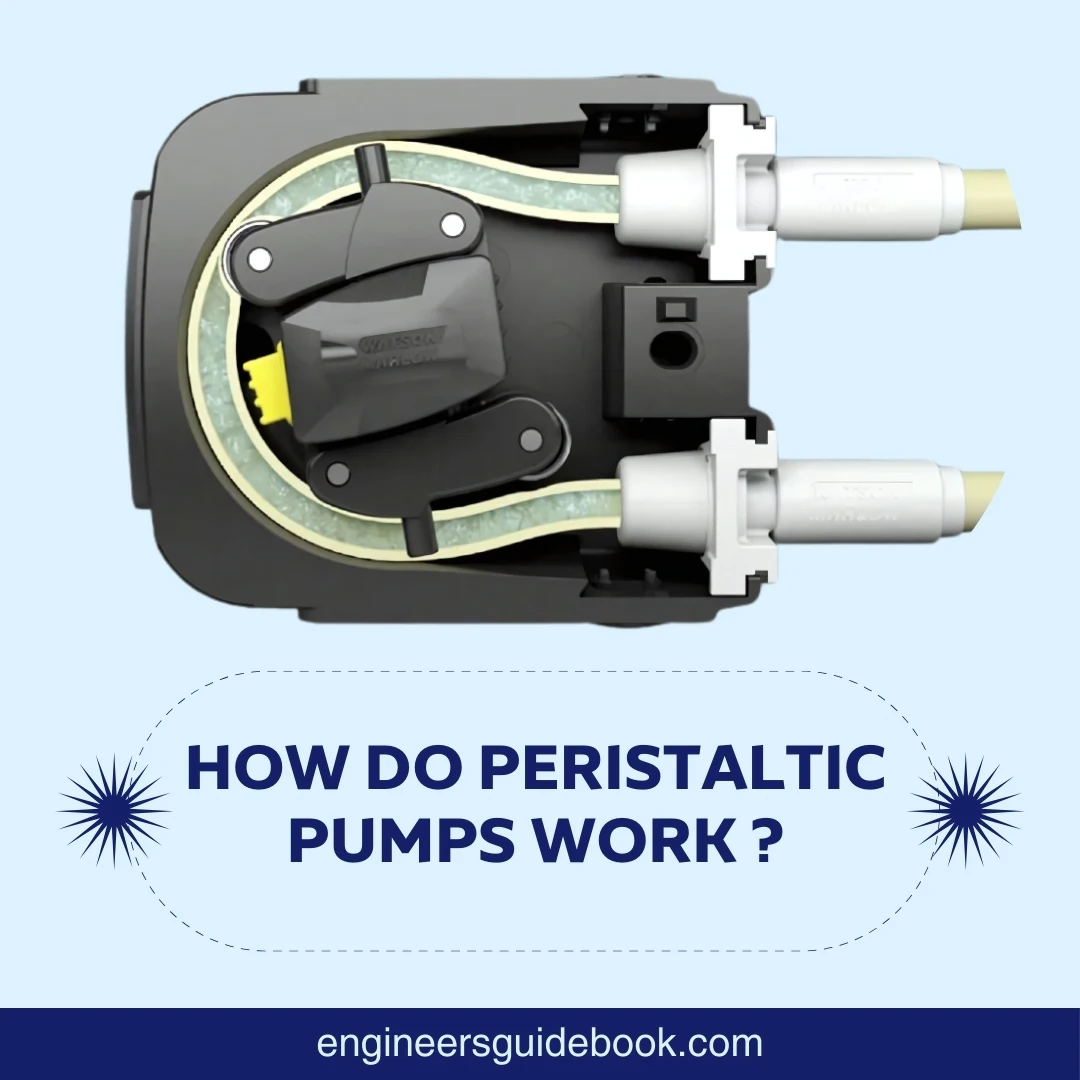
2 Responses
What a data of un-ambiguity and preserveness of precious familiarity about unexpected emotions.
I was suggested this blog by my cousin. I am not sure whether this post is written by
him as nobody else know such detailed about my difficulty.
You’re amazing! Thanks!